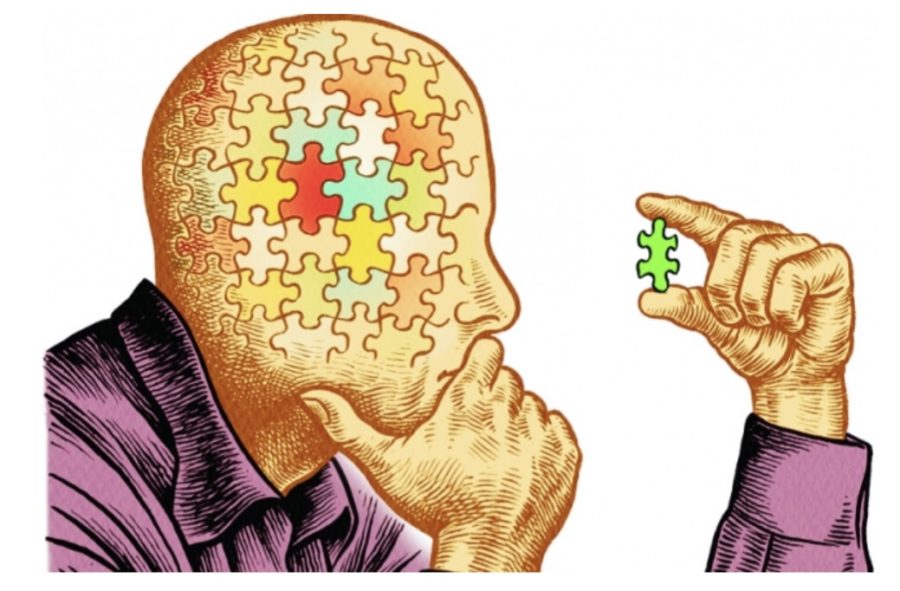Coding is the process of converting information from one form or format to another, also known as code coding for short. Use predetermined methods to digitally compile words, numbers or other objects, or convert information and data into specified electrical pulse signals. Code is widely used in electronic computers, television, remote control and communication.Decoding is the reverse process of coding.
My understanding of encoding and decoding: encoding is based on an encoding rule that represents the information I want to express in code; decoding is based on decoding rules.
First of all, I learned about Stuart Hall, one of the outstanding representatives of British cultural research. The discussion of its coding and decoding is of great significance to British media research. He pioneered the tradition of audience research. His most well-known contribution is to put forward a theory of coding and decoding.

Coding and decoding theory
The specific context originally published by Coding and Decoding was the European Commissionās āCritical Interpretation and Cultivation of Television Languageā held at the University of Leicester in September 1973, with the original title āEncoding and Decoding in Television Discourseā.
In 1980, Hall significantly deleted the original text of the 1973 edition and published it in the first officially published collection of research manuscripts of the Contemporary Culture Research Center under the title of Coding/Decoding, which was the first time that the article was published as an official publication since its birth in 1973.
Its coding and decoding theory emphasizes that coding is the reproduction of cultural content by peopleās ideology, and decoding is the re-creation of this solidified ideology, and sometimes even reflects and resists. Therefore, he put forward three attitudes of the audience, namely, preferable, compromise and confrontational interpretation.
Meaning
Hall’s argument has changed the linear understanding of the relationship between the information transmitter and the audience in empirical research, believing that meaning is not “transmitted” by the transmitter, but “produced” by the audience. It reveals the social and economic relations implied in the interpretation process. The transmission of ideology does not mean acceptance. Put the audience in the original position of the communication process, make the media’s information content a new cultural and social research resource, and open the door to audience research.Xinhua Daily has done a better job recently. In the past, it reported good news but not bad news, but now it also reported bad news.” This shows that if the code of journalists is controlled by the behavior of the circle, it will often be counterproductive. If it is presented calmly, it will often be understood by the masses. Only by respecting the inherent laws of news dissemination can journalism produce good results.


Your blog cover is very interesting and I think just highlights the key expression of encoding and decoding in semiotics. One tends to interpret the behaviour of the coder through the decoding of a symbol. The theory you mention is still a bit foreign to me, perhaps some examples would make it easier to understand!
Hall’s model proposes that differences in the audience’s knowledge structure, social status, and relationship between the decoding context and the communicator will lead them to decode the content differently. Combined with the cases you mentioned, such as Xinhua News Agency, it means that after the news media report, which is encoding, the audience will always decode under the influence of various factors.